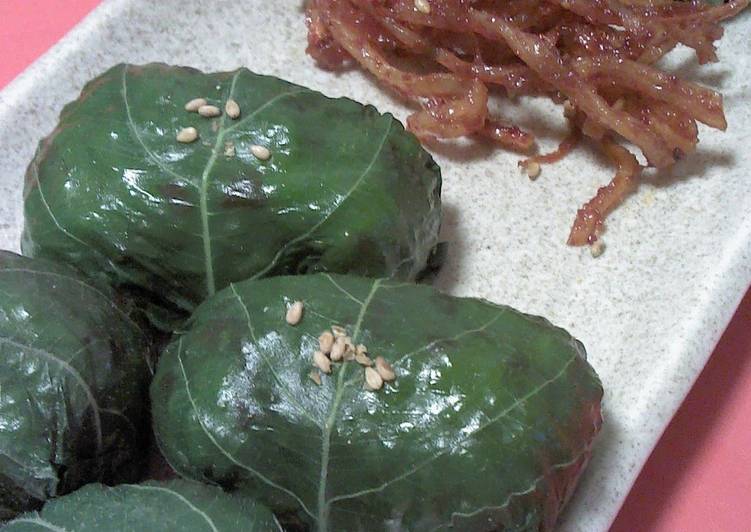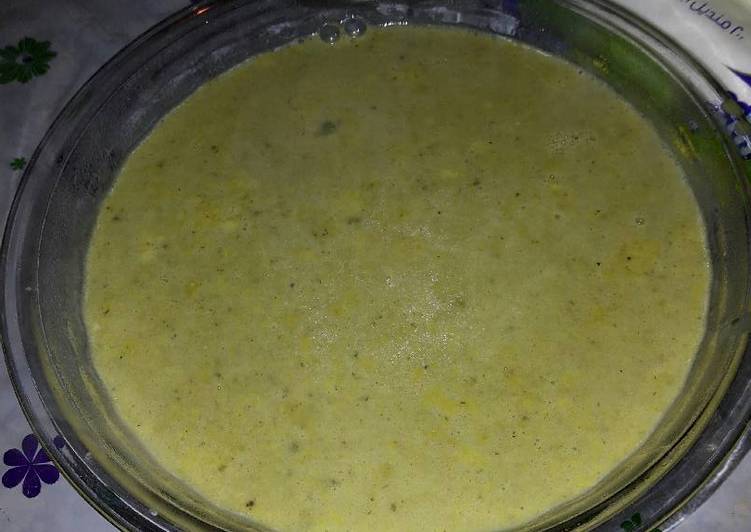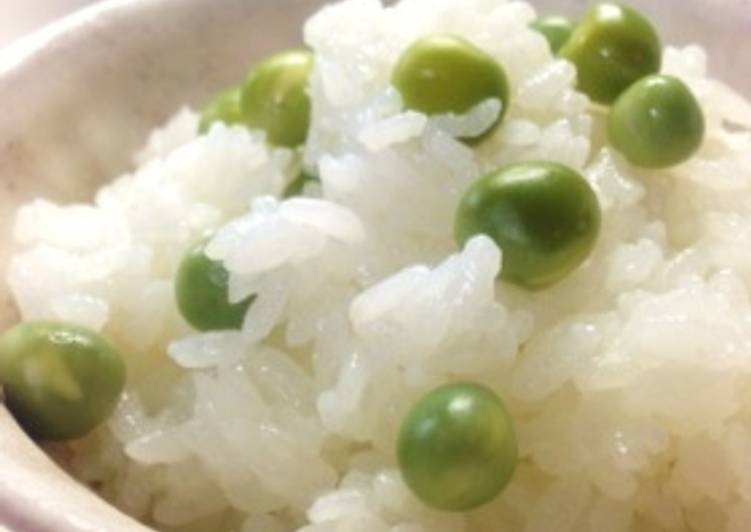
Hey everyone, it is Louise, welcome to my recipe site. Today, we’re going to prepare a distinctive dish, egoma leaf onigiri (rice balls) korean dish. It is one of my favorites food recipes. This time, I’m gonna make it a bit unique. This will be really delicious.
Egoma Leaf Onigiri (Rice Balls) Korean Dish is one of the most popular of current trending meals in the world. It’s enjoyed by millions every day. It’s simple, it’s fast, it tastes yummy. They are nice and they look wonderful. Egoma Leaf Onigiri (Rice Balls) Korean Dish is something which I’ve loved my entire life.
This post may contain affiliate Onigiri, also known as Japanese rice ball is a great example of how inventive Japanese cuisine can be. It looks like this and you can purchase in Japanese grocery stores and Asian (Chinese/Korean). So I've went over the basics and important details on how to make really good Japanese rice balls, but I wanted to really highlight in this blog These rice balls are one of those things that just taste better freshly made BUT I do have a couple tips to keeping Onigiri fresh. Since my step daughter visiting us for her summer break, I'm making a lot of snack for her.
To begin with this particular recipe, we must prepare a few components. You can have egoma leaf onigiri (rice balls) korean dish using 8 ingredients and 9 steps. Here is how you cook it.
The ingredients needed to make Egoma Leaf Onigiri (Rice Balls) Korean Dish:
- Take 30 Egoma leaves
- Take 700 grams Plain cooked rice
- Prepare 100 grams Minced beef (or minced beef and pork mix)
- Make ready 1/2 tsp Carrot
- Take 4 1/2 tbsp Soy sauce
- Take 3 tbsp Mirin
- Prepare 1 1/2 tbsp Sugar
- Prepare 1 tsp Sesame oil
Part of their appeal lies in To bring along on picnic, wrap in plastic film or in a bamboo leaf (which is traditional). Some people prefer to carry the nori strips separately, and to wrap. Onigiri are balls of rice, usually wrapped with nori seaweed and containing a meat or vegetable filling. Much like sandwiches in the West, onigiri are readily available in convenience stores across Japan Sprinkle some sesame seeds or cut up shiso leaves to put on the rice for a little extra flavour (optional).
Steps to make Egoma Leaf Onigiri (Rice Balls) Korean Dish:
- Sauté the meat and roughly chopped carrot, and add the soy sauce, mirin, and sugar.
- Cook until the liquid is almost completely evaporated out of the pan. Since you will mix this meat mixture with rice, it should be a little salty.
- These are egoma leaves. They are a little bigger and thicker than shiso leaves.
- Add a little salt to boiled water, and parboil the egoma leaves for 1-2 minutes. They will become too soft if you boil them for too long, so parboil them briefly.
- To prevent them from discoloring, blanch in cold water after parboiling.
- Drain the leaves, and wring them tightly in your hands. They are quite tough, so don't worry – just wring them as tightly as you can.
- Add the meat mixture from Step 2 and sesame oil to the cooked rice.
- Spread out the egoma leaf, taking care not to tear it, and wrap a rice ball inside. Trim off the stems.
- This is how they turn out. They make bite-sized pieces.
Onigiri are balls of rice, usually wrapped with nori seaweed and containing a meat or vegetable filling. Much like sandwiches in the West, onigiri are readily available in convenience stores across Japan Sprinkle some sesame seeds or cut up shiso leaves to put on the rice for a little extra flavour (optional). Onigiri to go! - Okinawa Hai. CONTRIBUTED BY KAHO Onigiri means a triangular shaped "rice ball" in Japanese and it is a typical lunch food that Japanese people take in their lunch box. Japanese rice balls, also known as onigiri or omusubi, are a staple of Japanese lunch boxes (bento).
So that is going to wrap this up for this exceptional food egoma leaf onigiri (rice balls) korean dish recipe. Thanks so much for reading. I am sure that you can make this at home. There’s gonna be interesting food at home recipes coming up. Don’t forget to bookmark this page on your browser, and share it to your family, colleague and friends. Thanks again for reading. Go on get cooking!

